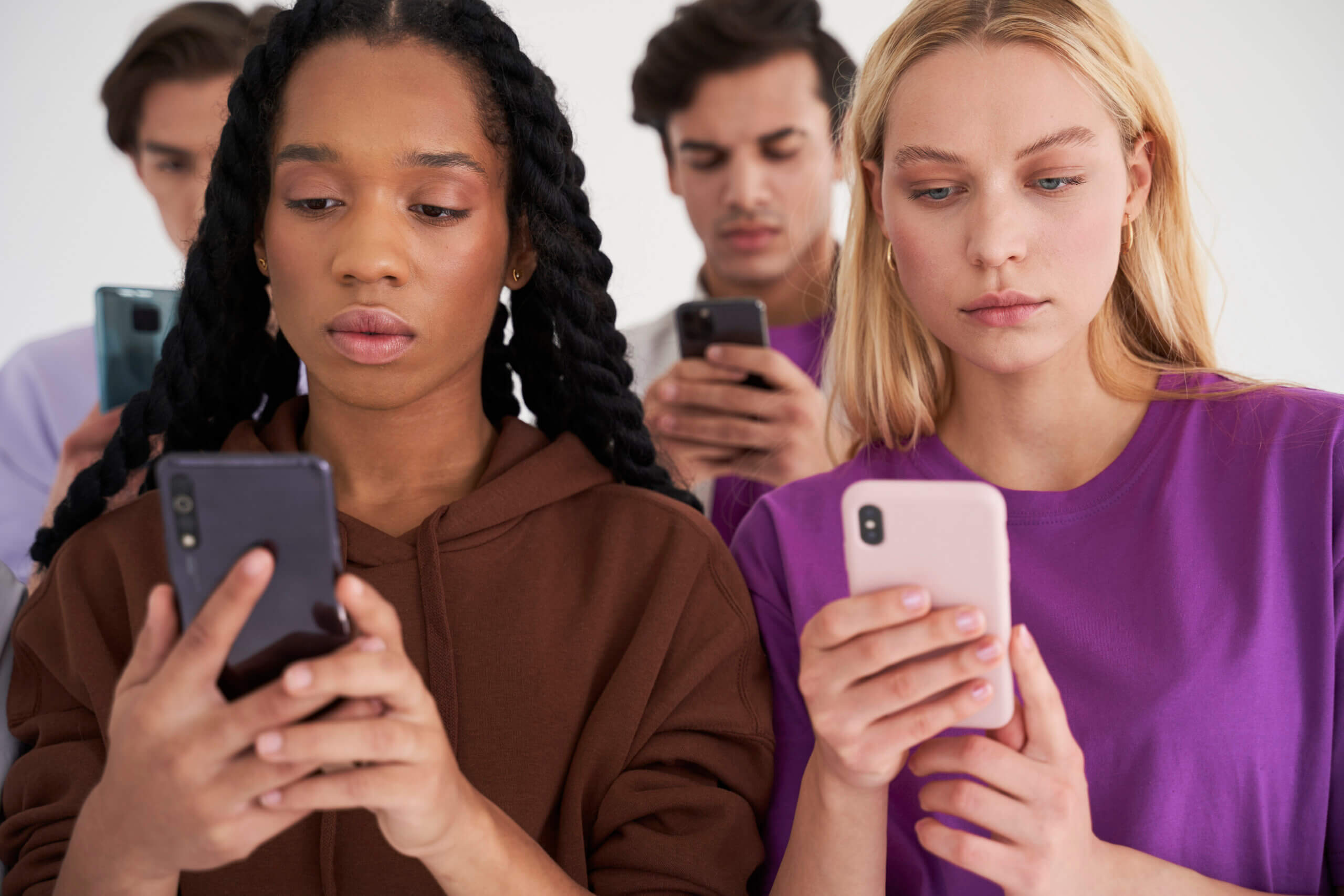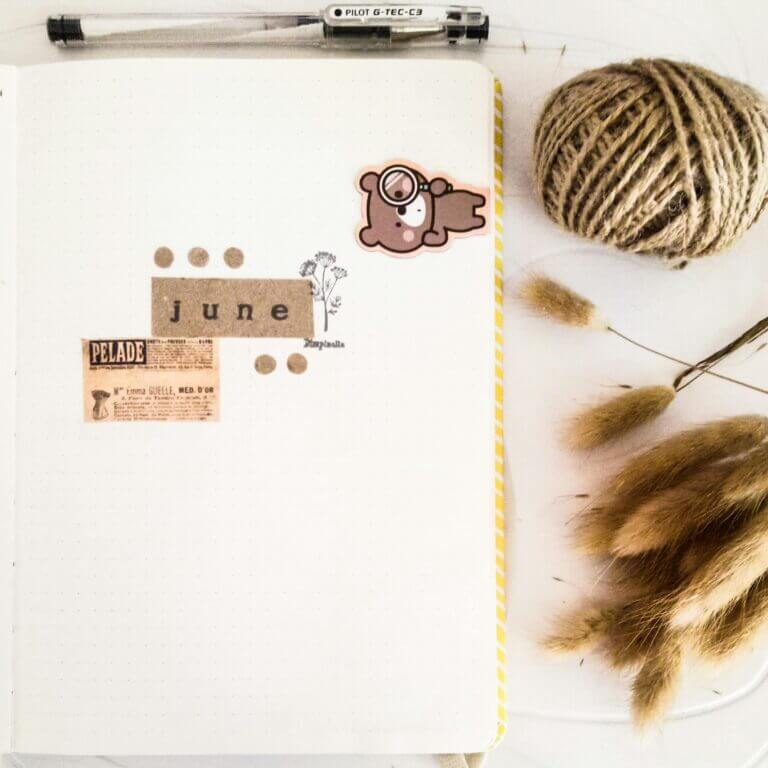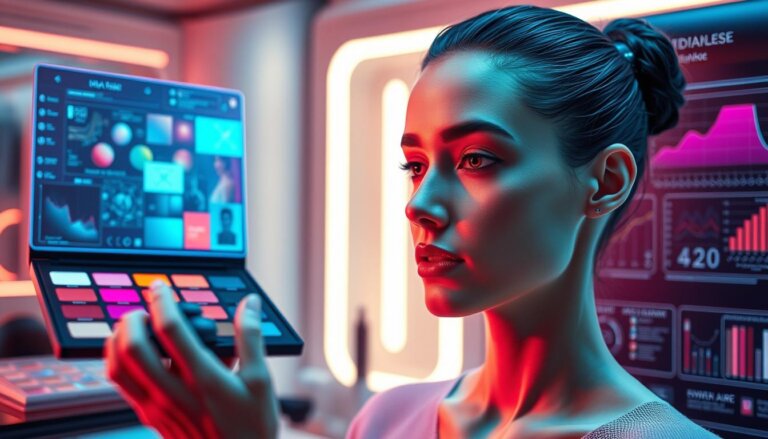The “Instagram Face” Phenomenon
One Face to Rule Them All
In today’s digital era, social media doesn’t just reflect beauty trends—it dictates them. Nowhere is this more evident than in the rise of the so-called “Instagram Face.” This homogenized aesthetic—characterized by flawless skin, plump lips, contoured cheekbones, and a tiny nose—is sweeping across platforms, from influencers to everyday users. But behind the polished perfection lies a growing concern about identity, body image, and the loss of individuality.
What Is the Instagram Face?
Coined by writer Jia Tolentino in The New Yorker, the “Instagram Face” describes a composite look heavily influenced by photo filters, editing apps, and cosmetic procedures. It’s an ideal that’s:
Ethnically ambiguous
Permanently youthful
Hyper-feminine
Digitally enhanced
This isn’t a naturally occurring face—it’s a curated aesthetic that thrives under the scrutiny of likes and algorithmic approval.
Key Features of the Instagram Face
Smooth, pore less skin (often digitally perfected)
Full lips (inspired by filler-enhanced celebrities)
Snatched jawline (contouring or digital slimming)
Fox eyes (elongated, lifted eyes, often surgical)
High cheekbones and symmetrical proportions
It’s an impossible beauty hybrid: part Kardashian, part anime, part AI-generated model.
The Role of Filters and Face Editing Apps
Apps like FaceTune, Instagram, Snapchat, and TikTok offer users a buffet of tools to sculpt, smooth, and enhance their selfies. Filters can:
Change skin tone
Add makeup
Reshape facial features in real-time
While seemingly harmless, these tools normalize altered appearances and raise the bar for what is considered “presentable.”
Psychological Consequences: Identity Erosion
The quest for perfection doesn’t come without a cost. Studies link excessive filter use to:
Body Dysmorphic Disorder (BDD)
Low self-esteem
Depression and anxiety
Desire for cosmetic surgery
This has led to the rise of a disturbing trend: Snapchat Dysmorphia, where people seek surgical alterations to look like their filtered selves.
The Influence of Celebrities and Influencers
Public figures often present themselves through a filter—literally. Celebrities like Kim Kardashian, Bella Hadid, and Kylie Jenner have fueled the Instagram Face aesthetic through both filters and cosmetic enhancements. Their followers, in turn, try to emulate their looks, blurring the line between reality and digital illusion.
Cultural and Racial Implications
The Instagram Face is often racially ambiguous, blending features from different ethnic groups in a way that is visually appealing—but also problematic. Critics argue this promotes “feature cherry-picking” without representing the cultural context or lived experience behind those traits.
Fighting Back: Authenticity Movements
Some creators are pushing back:
#NoFilter and #SkinPositivity movements promote unfiltered content.
Influencers like Danae Mercer and Jameela Jamil regularly expose the tricks behind perfect photos.
Countries like Norway and France now require influencers to label edited posts.
Conclusion
The Instagram Face isn’t just a trend—it’s a reflection of deeper cultural anxieties about beauty, identity, and acceptance. As we scroll through endless perfection, it’s worth asking: What’s real, and what’s retouched? And more importantly, why do we feel the need to conform at all?







